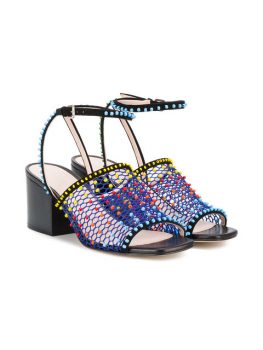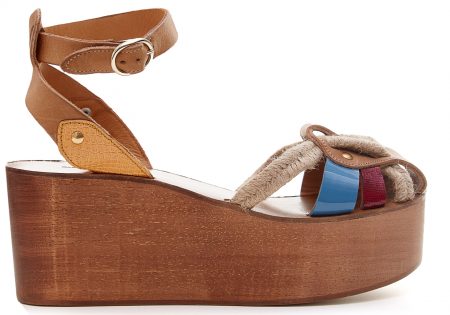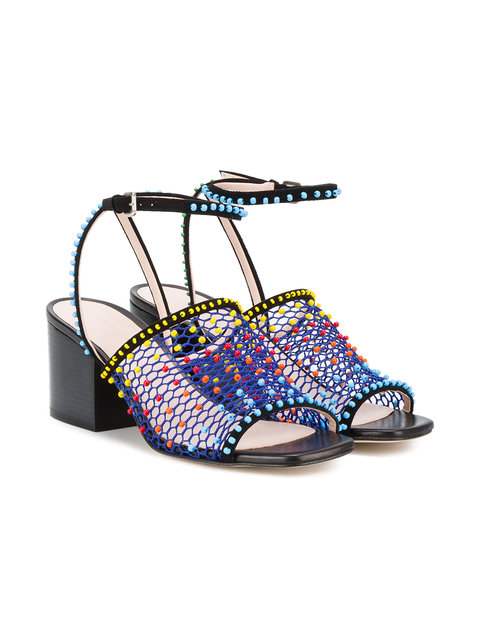Whenever I am buying shoes, I try to remember the wise words from the Guyanese proverb: ‘When yah like play cheap yah does pay dare,’ that my Godmother always preached to me. She was a firm believer in choosing quality over quantity especially for items that played an integral part in your daily life.


Perhaps it may be the fact that I am ageing, but I can no longer subject myself to such agony for long periods of time. I have made peace with the fact that every trend, however desirable, may actually not be for me. For many, bunions are inherited but they can also be caused by arthritis, poorly fitting shoes and conditions such as cerebral palsy and Marfan syndrome among others.
Treating bunions

The treatment for bunions will range dependent on the type of discomfort that you are in. Non-surgical treatment is inclusive of bunion pads, suitable shoes, orthotics and painkillers. On the other hand, surgical treatment is inclusive of osteotomy, Excision (Keller’s) arthroplasty and arthrodesis. According to the National Health Service, the publicly-funded national healthcare system for England, the types of surgery can range dependent on the level of deformity and is inclusive of using pins, wires or screws to hold the bones in place while they heal.
The thought of surgery makes me cringe; the thought of having a bone in my body interfered with is painful enough in words. For those with bunions, the idea of bunion pads, orthotics and shopping for new footwear seems more appealing and comforting.
Bunion pads are reusable and available over the counter from most pharmacies. They are usually made from gel or fleece and some carry an adhesive to stick over the bunion. This prevents the rubbing of the bunion against the shoe.
Orthotics are a bit more technical and may be a bit more costly as the best ones have to be designed and made to fit by a podiatrist. Placing the orthotics inside the shoes aids in calibrating the bones of your foot.
My favorite treatment for bunions is probably acquiring of new shoes. I bought two pairs since I have decided not to suffer anymore. It is recommended that shoes made from soft leather are idyllic as they ease pressure from the bunion. I also find suede to be suitable as well. Narrow shoes and high heels affect bunions as they put additional pressure on them. I suppose wearing bunion pads can suffice in moments of desperate desire. Finding good shoes that last and that are equally pleasing to the eye can be difficult if not pricey. Try your best to opt for shoes that are versatile and don’t deny that it can’t be done. The Queen of England always wears a pair of black court shoes and looks magnificent. In photos are my two latest purchases that have helped me not feel as awkward and realize that beauty is comfort. There is nothing beautiful about sabotaging your health so don’t play cheap with it.






